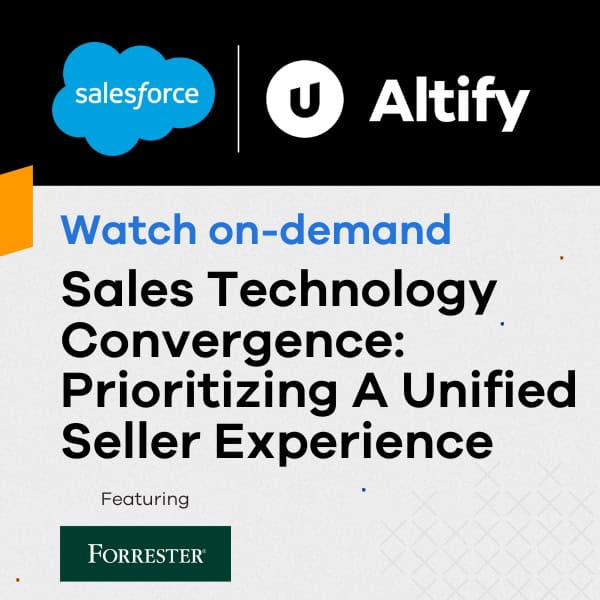Ever had a promising opportunity fizzle, fade and disappear on you? There’s nothing more frustrating.
In the high-value, complex B2B deals of today, there is always the danger this could happen. To try and prevent this, there are some early critical steps you can take in order to give you the best chance of winning the deal.
- Uncover your buyer’s decision criteria
- Identify your buyer’s key players
- Have an effective strategy for dealing with enemies
Establish the buyer’s decision criteria
The first thing you must do is understand how you and your competitors are being measured. Uncover the buyer’s decision criteria and you’re well on the way to clarifying that picture.
Never guess or assume you know – but peek inside the customer’s mind and discover your relative competitive strength. Try these questions:
- What are the most important criteria in your purchase decision?
- How is the decision going to be made?
- How was the decision criteria formulated?
- Can you prioritize these decision points by each key player involved in the decision process?
Who’s calling the shots?
Once you develop insight into both the formal and informal decision processes, you should be able to determine which people will have most influence, and understand the customer’s Political Structure as it relates to your opportunity.
Remember the people with whom you need to be aligned are not always the people at the top of the hierarchy. The key questions to ask here are:
Who are the most powerful people involved in this decision and do they want me to win?
Why would they want me to win? What’s in it for them?
Are they willing to influence or change the formal and informal decision criteria for me?
Are they willing to get involved and have they the ability to create or maintain a sense of urgency for this project?
Know where you stand with key players
It is important to recognize the status relationship that you can build with key players in the buying process. Establishing and developing the right relationship with the right players for the opportunity you are pursuing can be invaluable to your success, now and in the future. There are five different relationships you can establish:
- Mento
- Supporter
- Neutral
- Non-Supporter
- Enemy
As the names suggest, some relationships are positive and others less so.
We always place huge emphasis on identifying and winning over the Key Players in a deal. Supporters and Mentors are critical to your success. Neutral and non-supportive Key Players have to be identified, and perhaps swung to your cause.
That leaves one tricky customer – your Enemy
Ignore Enemies at your peril. Enemies inside the customer who are influential Key Players could potentially derail a deal which you’re confident of winning.
Today, B2B customers are becoming more and more hesitant to sign off without the consensus of everyone on the buying decision team. This means any Enemy on the decision team has more veto power than ever before. You need a strategy to deal with them.
How to handle an Enemy
It’s never going to be easy, so start by getting help. Ask your colleagues, Supporters and Mentors, internal and external to the customer, to give you advice and aid. They may be able to help bring the Enemy on-side, or neutralize their influence, or at least they can possibly give you valuable insight which can help you avoid making a bad situation worse.
It’s usually very hard to bring an active Enemy around to your perspective. We’re not saying don’t try, but understand it’s a tough battle to win. Any active Enemy will usually feel that your offering will harm the company, or themselves personally, and they may well be actively supporting your competitor.
Often the best you can do is seek to neutralize the person. Prevent them from hurting your deal. As part of this you can meet with them personally to discuss their objectives and argue your side, or you can invite them to key meetings so that you and your Supporters can together try to influence them.
Always be careful which approach you take. In trying to change an Enemy’s mind, you can instead reinforce their opposing position. This is why you should always first and foremost seek advice and guidance. And find out why they’re against you.
Three reasons an Enemy may be against you
Here are the three main reasons an enemy may be against you, and how we recommend you take steps to neutralize them.
1. They have Product or Vendor Bias
In this case they are simply not inclined to vote for your solution. You can either seek peaceful co-existence, acknowledge their position and strive for mutual respect, or try to change their mind. As previously warned, beware trying to change minds. It can increase resistance.
2. You have Misaligned Agendas
If your agendas are misaligned, you may be able to remedy the situation. Try to clear up any misconceptions. Or agree to disagree and isolate the cause and impact of the misalignment, in a way that it will not prevent the deal.
3. They have a Personal Conflict
This is a tricky situation, when personal conflicts are involved. In this case, you can change your approach to present a more palatable face to the issue, or you may need to change the individual or individuals working the deal on your side.
A deal where you have to neutralise an Enemy can be tough. But if you seek help and follow a careful strategy, it’s not a lost cause.
Do you know any other strategies for dealing with active Enemies in a deal?
Don’t be shy, comment below!


